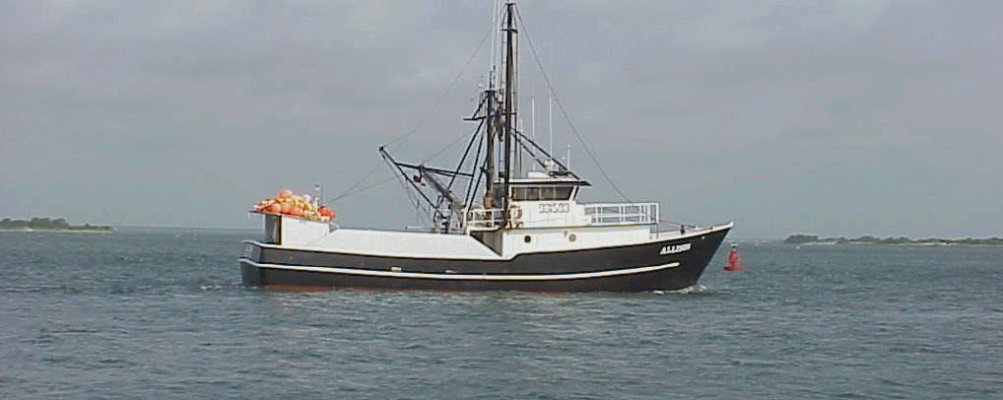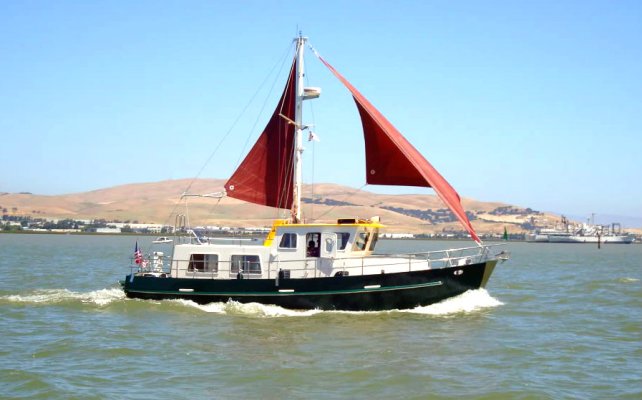Ocean Navigator magazine has a good series of how-to articles on weather. The localized weather everyone on threads like these sees are just that - localized weather caused by land-mass interactions that often create highly local and
somewhat unpredictable conditions. I say "somewhat" because as time goes by, they become more predictable. For example, the hurricane-force storms in Gulf of Teuhentepec and Papagayo were considered unpredictable until about 40-years ago when it was clear a HP system above a certain intensity formed over Texas would funnel winds across the backbone of Central America and accelerated winds (similar to Santa Anas in SoCal).
Here's an
article on the 500mb charts. Why are these important? Quotes from the article:
On 500-mb charts, the 5,640-meter height contour is enhanced in bold. Some basic rules of thumb used by marine meteorologists concerning the 5640 contour and the 500-mb wind maxima are:
• In wintertime, the 5640 contour is an excellent indication of the southern extent of surface winds of Force 7 westerlies or greater. In summer, the 5640 height contour is more representative of Force 6 surface westerlies.
• The surface storm track is usually 300 to 600 nautical miles north and parallel to the 5640 height contour.
Bottom line - there are several ways to reduce risk. Pay a literal boat-load of money on a tank of a boat (say, a Nordhavn). Or invest a few bucks in tools and an education. IridiumGO is under $1000, and a monthly subscription is under $150, and you can suspend the account between passages (not quite that simple, but possible). Now, you just need to understand what information to fetch, and how to interpret it.
Peter


